What Use Uv Or Polarizing Filter ?
A UV filter is primarily used to block ultraviolet light from entering the camera lens. It helps reduce haziness and improve overall image clarity, especially when shooting in high-altitude or coastal areas where UV light is more prevalent. Additionally, UV filters provide an extra layer of protection for the lens against scratches, dust, and moisture.
On the other hand, a polarizing filter is used to control reflections and glare, as well as to enhance colors and contrast in certain situations. It can be particularly useful when photographing landscapes, water bodies, or any scene with reflective surfaces. By rotating the filter, you can adjust the amount of polarized light that enters the lens, resulting in more saturated colors and reduced reflections.
Both UV and polarizing filters have their specific uses and can be valuable tools for photographers, depending on the desired outcome and shooting conditions.
1、 UV Filter: Protects lens from UV rays and improves image clarity.
A UV filter is a transparent filter that is placed on the front of a camera lens. Its primary purpose is to protect the lens from ultraviolet (UV) rays, which can cause damage to the lens and affect image quality. UV filters are particularly useful in situations where there is a high amount of UV radiation, such as at high altitudes or near bodies of water.
In addition to providing protection, UV filters also have the added benefit of improving image clarity. UV rays can cause a bluish cast in photographs, especially in landscapes or outdoor scenes. By using a UV filter, this cast can be reduced or eliminated, resulting in sharper and more vibrant images.
However, it is important to note that the use of UV filters is a topic of debate among photographers. Some argue that modern lenses are already equipped with coatings that effectively block UV rays, making the use of a UV filter unnecessary. Others believe that the added protection and slight improvement in image quality are worth the investment.
Ultimately, the decision to use a UV filter depends on personal preference and the specific shooting conditions. If you frequently shoot in environments with high UV radiation or want to add an extra layer of protection to your lens, a UV filter can be a valuable accessory. However, if you primarily shoot in controlled environments or have high-quality lenses with advanced coatings, the benefits of a UV filter may be minimal.
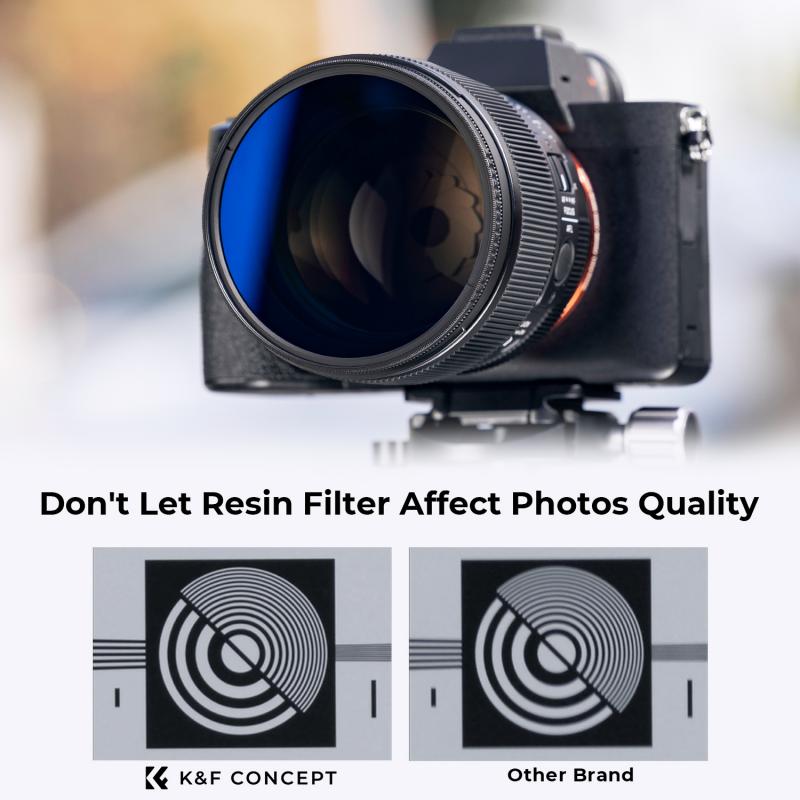
2、 Polarizing Filter: Reduces glare and enhances color saturation in photos.
A polarizing filter is a valuable tool for photographers as it serves multiple purposes. One of the primary uses of a polarizing filter is to reduce glare in photos. Glare can be caused by various sources such as sunlight reflecting off water or glass surfaces. By using a polarizing filter, photographers can effectively minimize or eliminate this glare, resulting in clearer and more detailed images.
Another significant benefit of a polarizing filter is its ability to enhance color saturation. When shooting outdoors, especially in bright sunlight, colors can appear washed out or less vibrant. The filter helps to deepen and intensify the colors, making the image more visually appealing. This is particularly useful when photographing landscapes, where vibrant colors can greatly enhance the overall impact of the photo.
Additionally, a polarizing filter can also improve the overall contrast in a photo. It helps to darken the sky, making clouds stand out more prominently. This can add depth and drama to landscape shots, creating a more captivating image.
It is important to note that the effectiveness of a polarizing filter depends on the angle at which it is used. To achieve the desired results, the photographer needs to rotate the filter until the desired effect is achieved. This allows for greater control and flexibility in manipulating the light and reflections in the scene.
In recent years, with the rise of digital photography and post-processing software, some argue that the use of polarizing filters has become less necessary. While it is true that certain effects can be replicated in post-processing, the use of a polarizing filter still offers distinct advantages. It allows photographers to capture the desired effect in-camera, reducing the need for extensive editing later on. Additionally, using a polarizing filter can help to maintain the overall quality and integrity of the image, as excessive editing can sometimes result in loss of detail or unnatural-looking colors.
In conclusion, a polarizing filter is a valuable tool for photographers as it reduces glare, enhances color saturation, and improves contrast in photos. While there may be alternative methods to achieve similar effects in post-processing, the use of a polarizing filter offers greater control and convenience, allowing photographers to capture the desired effect in-camera.
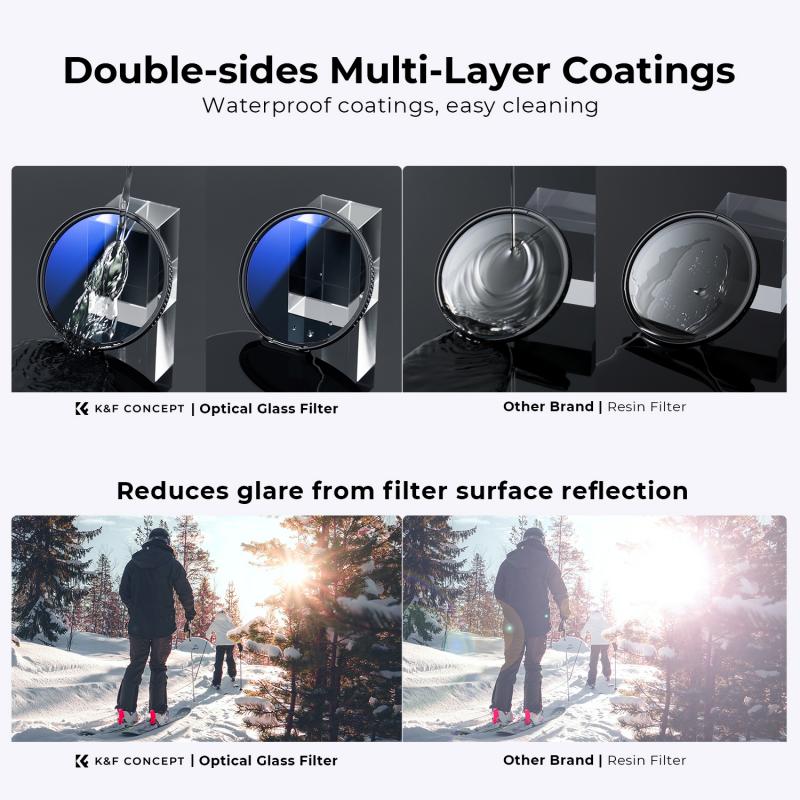
3、 UV Filter for Digital Cameras: Do they still serve a purpose?
UV filters and polarizing filters are both commonly used in photography to enhance image quality and protect the camera lens. While UV filters were more popular in the past, advancements in digital camera technology have made their use less necessary. However, they still serve a purpose in certain situations.
UV filters were primarily used to block ultraviolet light, which could cause a bluish cast or haze in photographs. With digital cameras, the sensors are already equipped with UV filters, making the use of additional UV filters less essential. However, some photographers still prefer to use them as a protective layer for their lenses, preventing scratches, dust, and moisture from damaging the lens surface.
On the other hand, polarizing filters are still widely used and serve a distinct purpose. They help reduce glare and reflections from non-metallic surfaces such as water, glass, and foliage. By rotating the filter, photographers can control the amount of polarized light entering the lens, resulting in more vibrant colors, increased contrast, and improved overall image quality. Polarizing filters are particularly useful in landscape photography, where they can enhance the appearance of skies, water bodies, and foliage.
In recent years, the popularity of UV filters has declined, while polarizing filters remain a valuable tool for photographers. However, it is important to note that the effectiveness of these filters can vary depending on the quality of the filter itself. Investing in high-quality filters is crucial to ensure optimal image quality and avoid any potential degradation caused by low-quality filters.

4、 Benefits of Using a Polarizing Filter in Landscape Photography.
A polarizing filter is a valuable tool for landscape photographers as it helps to enhance the quality of their images by reducing glare and reflections. It achieves this by selectively blocking certain light waves, resulting in more saturated colors, increased contrast, and improved overall image clarity.
One of the main benefits of using a polarizing filter in landscape photography is the ability to reduce glare and reflections. This is particularly useful when photographing bodies of water or glass surfaces, as the filter can eliminate unwanted reflections and allow the true colors and details to come through. It also helps to minimize haze and atmospheric pollution, resulting in clearer and more vibrant images.
Another advantage of using a polarizing filter is the ability to enhance the colors in a scene. By reducing the amount of scattered light, the filter can make colors appear more saturated and vibrant. This is especially beneficial when photographing landscapes with blue skies, green foliage, or bodies of water, as it can make these elements stand out more and create a more visually appealing image.
Additionally, a polarizing filter can help to improve overall image contrast. By reducing the amount of light entering the camera, it can darken the sky and make clouds appear more defined. This can add depth and drama to landscape photographs, making them more visually striking.
In summary, the use of a polarizing filter in landscape photography offers several benefits, including the reduction of glare and reflections, enhanced color saturation, and improved image contrast. It is a valuable tool that can greatly enhance the quality of landscape photographs and is a must-have for any landscape photographer's kit.
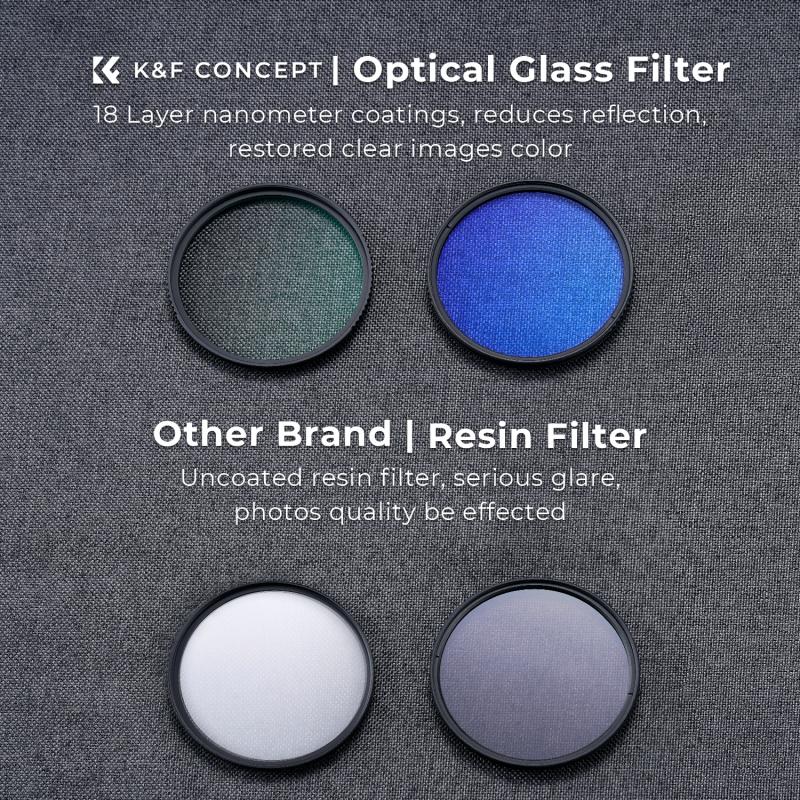


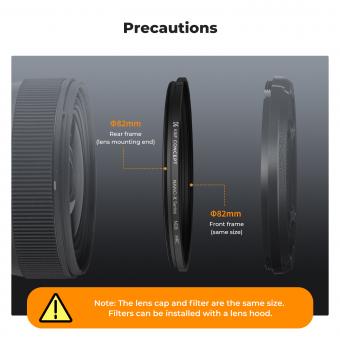

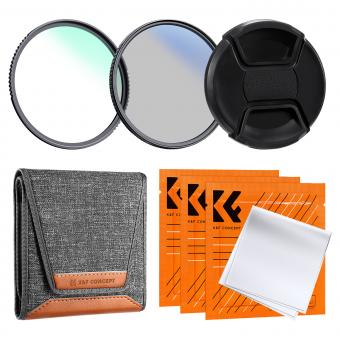

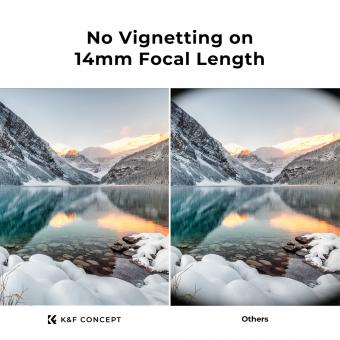






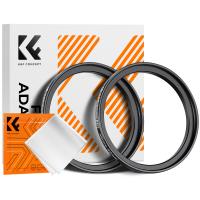
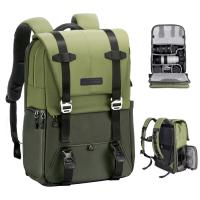
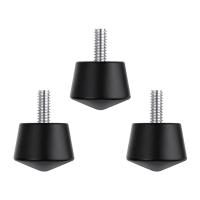








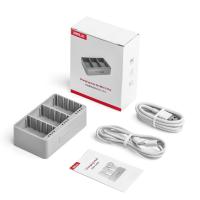
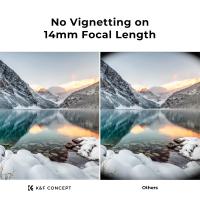

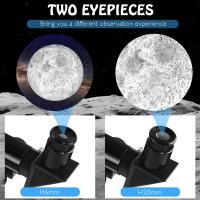
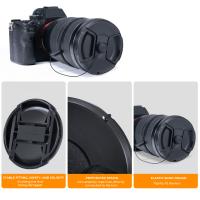

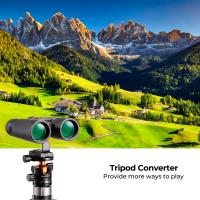
There are no comments for this blog.